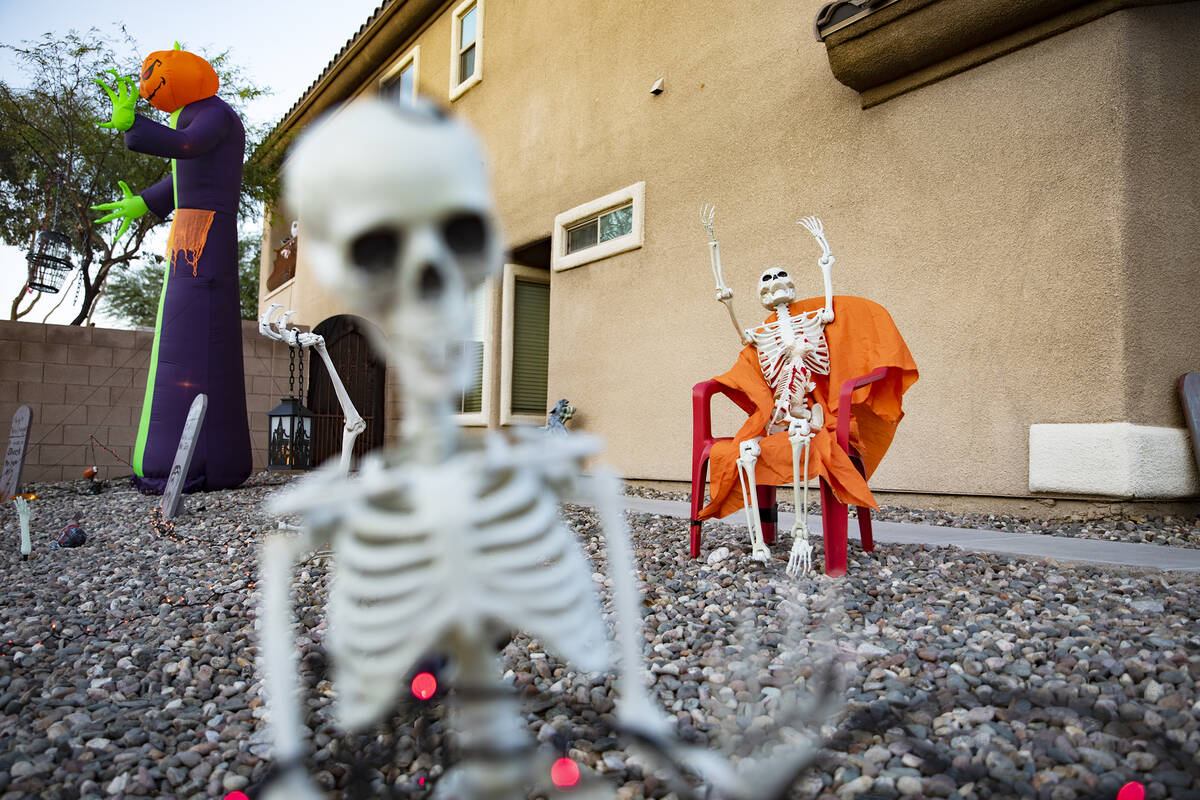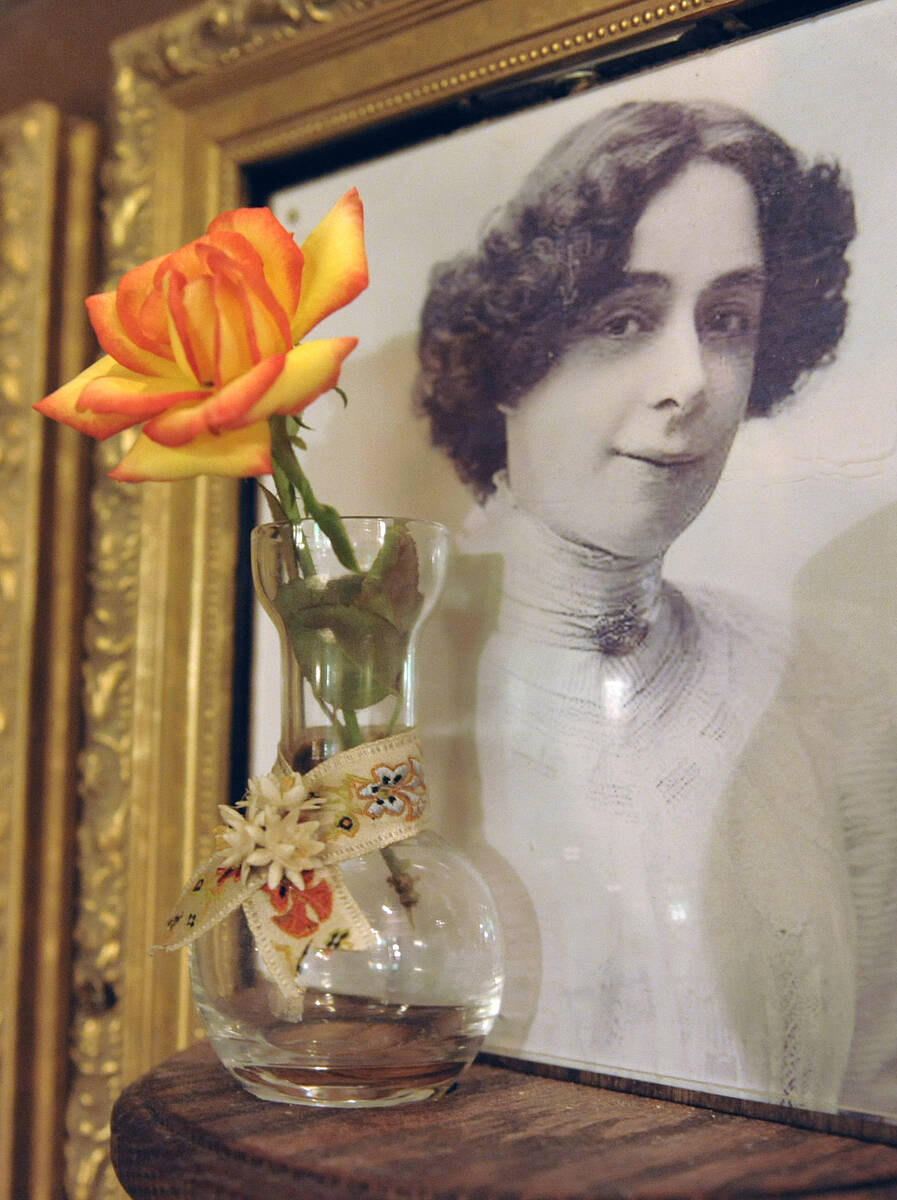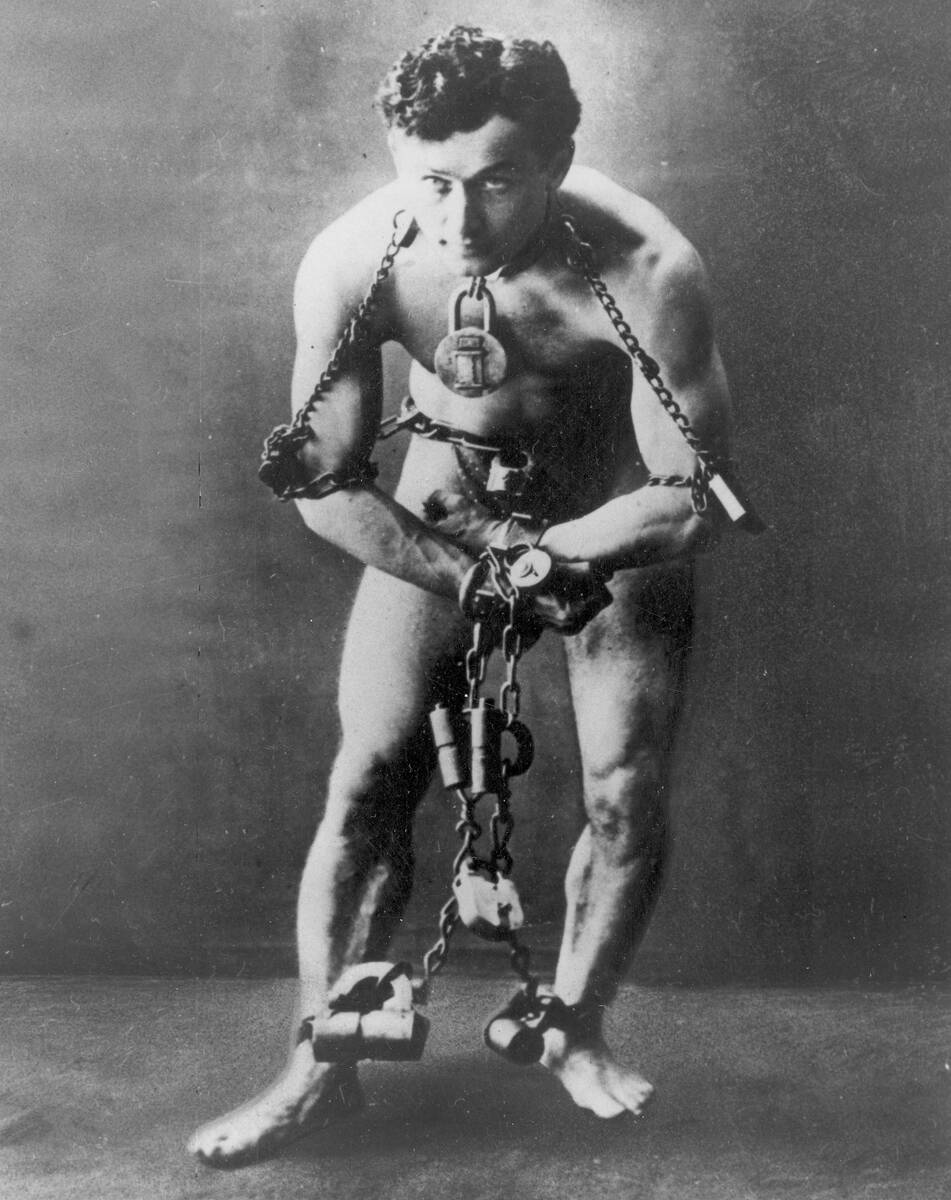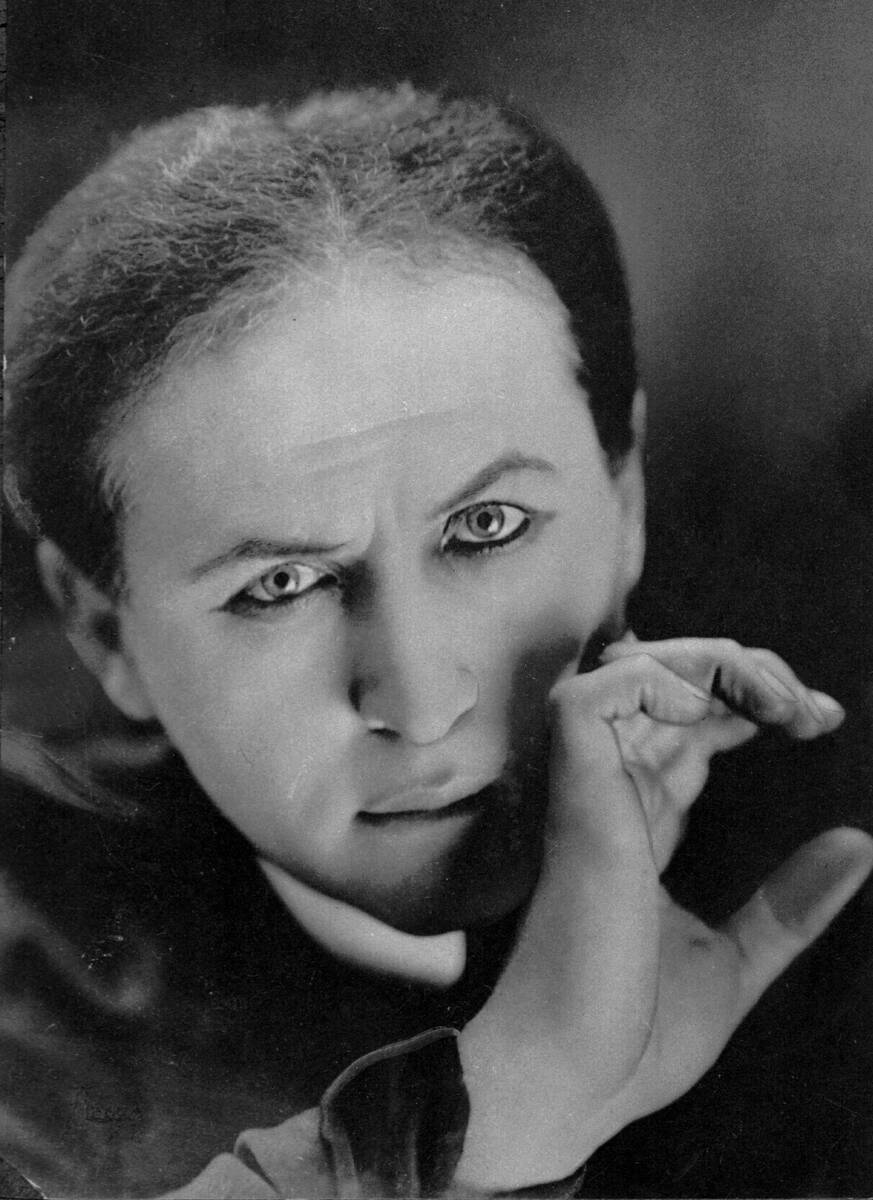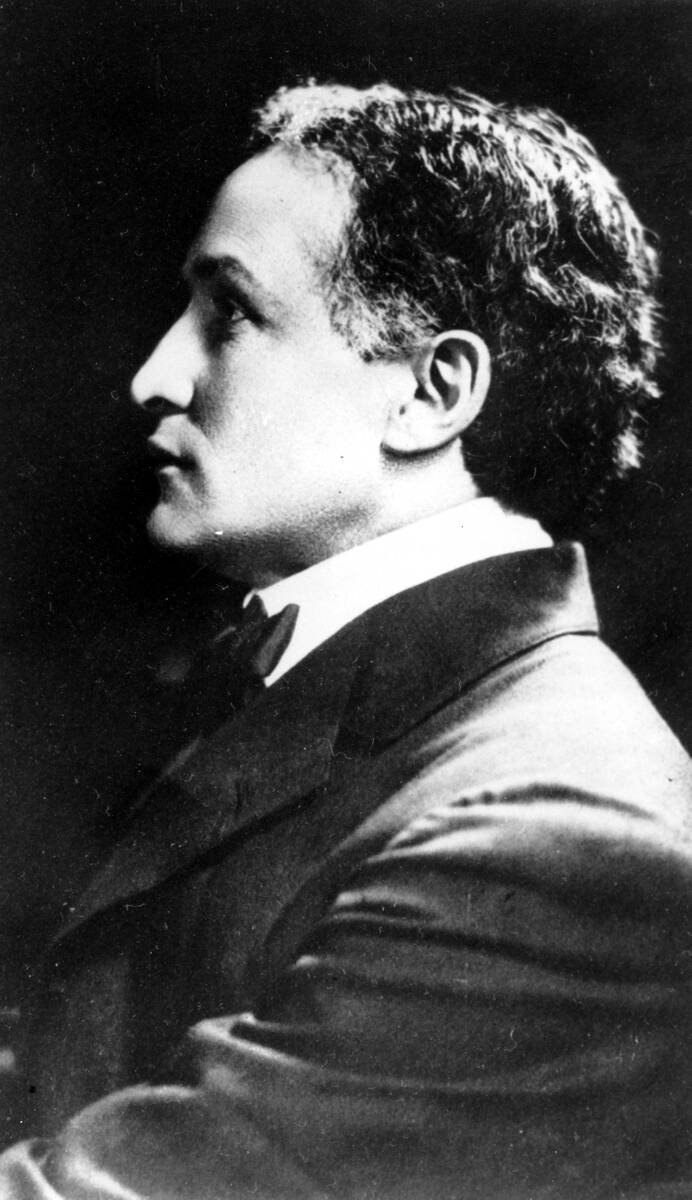COMMENTARY: Hollywood calls the hereafter
The spookiest time of the year is upon us once more as our attention turns to jack-o’-lanterns, black cats and things that go bump in the night.
It was also the time when the widow of one of the most famous entertainers of the 20th century tried to communicate with the departed. Here’s how it happened.
Wilhemina Beatrice Rahner — called Bess by her friends — was in a song-and-dance act on New York’s Coney Island in the 1890s. She started dating a fellow performer, a young magician. She quickly fell in love with his big brother, Harry Weiss. He took notice of her, too.
Like his kid brother, Harry was also a magician and an escape artist. He felt “Weiss” lacked panache, so he changed his last name to Houdini — a tribute to earlier pioneering French magician Jean Eugène Robert-Houdin.
At first, Bess joined him as a magician’s assistant. His feats improved, audiences grew bigger, and by the early 1900s he had developed the stage illusion that put him on the map: escaping from a locked box.
Known for his ability to wriggle out of handcuffs, he added feats of daring, such as escaping from them while hanging upside-down, sometimes even suspended from skyscrapers.
He had perfected his act just in time for the Roaring ’20s, when gimmicks were all the rage. Silliness was in style. There were flagpole sitters, goldfish swallowers, dance marathon contests and more.
And Harry Houdini was one of the biggest stars of the era. Until fate had a trick of its own for him.
During a break between shows in Montreal, a college student visiting Houdini’s dressing room asked if it was true that the magician could withstand any punch in the gut. Houdini said it was. Without warning, the young man repeatedly delivered powerful blows to the star’s abdomen.
Houdini’s appendix was seriously injured. True to the entertainer’s maxim that the show must go on, he kept performing until he eventually collapsed. He was rushed to a hospital and died one week later, on Halloween Day 1926.
Bess was devastated. Theirs was a genuine love story, but she held out hope of hearing from him in the hereafter.
Years before, the couple had agreed that after one of them died, they would try to contact the other. They even established an elaborate ritual to confirm their identity, complete with secret code words known only to them to guard against fraudsters. Harry was supposed to signal “Rosabelle,” a song Bess had sung in her early days on stage.
Over the years, she attended multiple séances on Halloween night, trying to reach Harry. Nothing.
In the early 1930s, she took up with Edward Saint, a former carnival showman who partnered with her to keep Houdini’s legacy alive. Although they lived together, she was careful not to remarry and thus lose the right to call herself “Mrs. Harry Houdini.”
Finally, as Halloween 1936 approached, they decided to not only end the annual ritual but to go out with a bang. It was the 10th anniversary of Harry’s passing, and they turned it into a media spectacle. They billed it as “The Final Houdini Séance” and staged it on the rooftop of the Knickerbocker Hotel in — where else? — Hollywood. The iconic “Hollywoodland” hilltop sign appeared in the distance. (The “land” wouldn’t be dropped until 1949.)
Carried live on the radio, attendance was by invitation only, with the ceremony starting promptly at 8 p.m. Bess sat in a giant throne-like chair in front of a table that held Harry’s photo and a candle she claimed had been burning since his 1926 passing. A pair of locked handcuffs — his trademark — rested on a silk pillow.
“The zero hour of the 10th anniversary of our departed friend is fast nearing the end,” Saint intoned melodramatically. He then launched into a 10-minute, appropriately eloquent diatribe that ended with this flourish: “We have waited, Houdini, oh so long … now is the night of nights; SPEAK, HARRY!”
At that point, a recording of “Pomp and Circumstance,” the same tune Houdini had used for his stage entrance, was played. The audience waited.
And waited. And waited.
Finally, Bess announced, “My last hope is gone. … I do not believe Houdini can come back to me. … I do not believe that ghosts or spirits exist. The Houdini shrine has burned for 10 years. I now reverently put it out.” She blew out the candle flame and concluded with a simple, “It is finished. Good night, Harry.” That was that.
Asked before her own death in 1943 why she had stopped holding the séances, her answer was straight to the point: “Ten years is long enough to wait for any man.”
J. Mark Powell is a novelist, former TV journalist and diehard history buff. He wrote this for InsideSources.com.



